Review: Huawei Mate 10 Pro
Nov 20, 2017, 8:00 AM by Eric M. Zeman
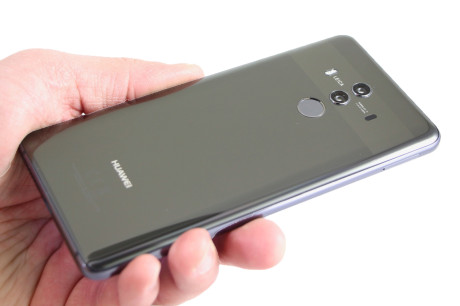
Huawei is targeting Apple, Samsung, and LG with its latest flagship handset, the Mate 10 Pro. This high-quality device features classy hardware, top specs, and must-have tools. The phone includes twin cameras for extra photography firepower, and makes the jump to the 18:9 aspect ratio for the display. With Android 8 Oreo and EMUI 8 from Huawei aboard, the Mate 10 Pro packs a serious software punch. Here is Phone Scoop's full review.
Hardware
Is It Your Type?
The Mate 10 Pro is a classy, big-screened flagship device from Huawei. If you're in the market for an unlocked smartphone and require superior battery performance and enterprise-grade software tools, the Mate 10 Pro is a fine alternative to devices such as the Galaxy Note8.
Body
Huawei designed a modern marvel in the Mate 10 Pro. The device sheds the heavy metal skin of last year's Mate 9 flagship for a sleek, glass enclosure that ups the wow factor significantly. This brings the Mate 10 Pro in line with the competition. That's a good thing for consumers, who've never had a better selection of top tier devices.
Curved glass covers the front and back of the Mate 10 Pro. A wraparound metal frame forms the central chassis and separates the two glass panes. The rear glass plate is particularly nice. It features gentle curves, a lustrous finish, and a perfectly smooth texture. The metal frame is painted to match the glass. The frame's edges curve in just a hair to meet the rounded glass edges. The result is a seamless feel; your hand can hardly tell where the glass ends and the metal begins. The shape of the phone is slightly generic, maybe a bit too safe. Our review unit is a handsome-yet-conservative charcoal gray. The phone also comes in a copper tone and a blue hue if you want a bit more personality in your pocket.
Huawei did a good job keeping the size in check, all things considered. The Mate 10 Pro has a 6-inch 2:1 display — just like the Pixel 2 XL — yet it's noticeably shorter and narrower than Google's phone. The Mate 10 Pro is much shorter than the Note8, though that device has a slightly bigger screen.
The 10 Pro's 2:1 display aspect ratio means the phone has the tall, narrow look common to other phones with the same shaped screen. People with small hands may find it too big; there's no doubt the 10 Pro is a two-handed phone. But I found the Mate 10 Pro much more comfortable to carry and use over the course of the day than the Pixel 2 XL or Note8. The smooth, rounded shape makes the phone a breeze to drop into and pull out of your jeans.
The materials and build quality are top-notch. All the pieces are fitted together tightly. Double-sided glass devices do double the destruction factor; I'd hate to drop this phone. Gorilla Glass may be protecting both sides, but the Mate 10 Pro is not rugged in any sense of the word and is begging for a case. A thin silicone cover ships with the phone. I'd put it on if I were you.
Huawei did a fine job eliminating the bezels. The Mate 10 Pro's display fills the majority of the phone's face, giving the phone an all-screen look. (The regular Mate 10 has a 16:9 display.) The forehead and chin of the 10 Pro are kept to the bare minimum. There's barely room for the earpiece speaker and user-facing camera above the screen. Huawei somehow crammed its logo in the sliver of bezel forming the chin. There are no physical or capacitive controls to speak of, as the phone makes use of on-screen buttons.
Huawei placed the screen lock button and volume toggle on the right edge. The screen lock key is a bit small, but it has a ribbed texture and an excellent profile. Travel and feedback are great. The volume toggle has a smooth texture, a pleasing profile, and fine travel and feedback. The SIM card tray is the only functional element found on the phone's left edge. The Mate 10 Pro supports two SIM cards, but — oddly — not memory cards. The tray is nice and solid.
Side Keys
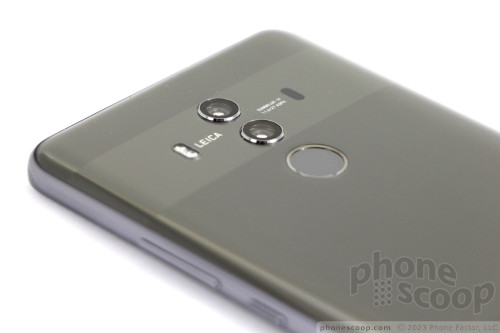
The Mate 10 Pro's top and bottom edges reflect some interesting decision-making on Huawei's part. First, you'll easily notice an IR blaster on the top edge. This was a hot feature on smartphones a few years ago, but then it disappeared. Huawei says customers asked for it, so it brought the IR blaster back. You can use it to control your home theater equipment. It works fine.
The Mate 10 Pro relies on USB-C for charging. The port is placed on the bottom. You see five holes drilled into the bottom edge denoting the speaker's location. The 10 Pro loses the headphone jack found on the standard Mate 10. The reason, says Huawei, was to make the 10 Pro water resistant. The 10 Pro has an IP67 rating, which means it can sit in up to 1 meter of water for up to 30 minutes. I plopped it in my sink for a while and found it handles the dunking just fine. The standard Mate 10 is not water resistant, but it has a headphone jack. Pick your priorities, I guess.
USB-C
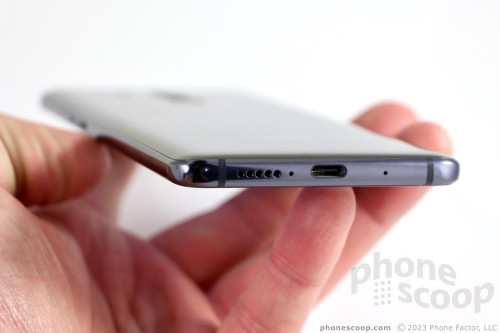
Glass stretches from corner to corner across the Mate 10 Pro's rear panel. It's one of the classier glass panels I've seen on a phone this year, on par with that of the sultry LG V30. The majority of the glass is one shade, but Huawei created a subtle band in the coloring around the camera module. It helps provide some definition to the rear panel and break up the conservative shape a bit.
Glass Design
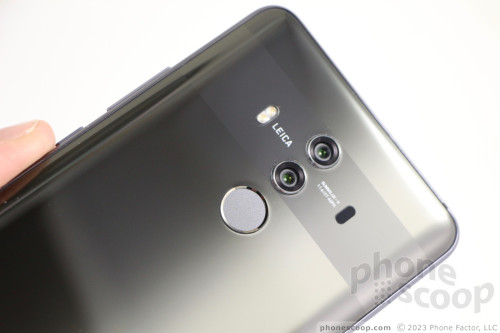
Twin camera modules stick out from the rear surface. The individual lenses are rather small, perhaps the size of a pencil eraser. Huawei positioned the fingerprint reader just below the camera module. It's close enough that you might accidentally smudge the lower lens. The reader is indented and has a nice rim to make it stand out. I had no trouble finding or using it. The glass cannot be removed, and neither can the battery.
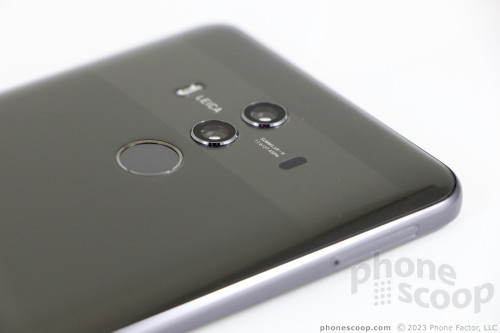
The Huawei Mate 10 Pro doesn't quite have the personality that some of its competitors do, but it's still a fine piece of hardware that anyone should be pleased to own. It's a well-made device and was clearly designed with care.
Screen
The Mate 10 Pro has a 6-inch OLED display that uses the 2:1 aspect ratio with 2,160 by 1,080 pixels. As far as OLED panels go, I'm pleased with the 10 Pro's. At 408ppi, pixel density is fine. Surely some will complain that it's not a 2K / quad HD screen, but I'm not that upset about it. The resolution is more than adequate for browsing the web, enjoying social media, and streaming YouTube videos.
You won't be able to really enjoy VR, as it doesn't support Google Daydream for some reason, but the screen's resolution isn't quite enough for good quality VR, anyway.
The screen is certainly bright enough for use most anywhere you might take it. I had no trouble using it outdoors when navigating around Brooklyn and taking pictures of the local graffiti and street art. Colors are pushed a little, but they're not overly inaccurate. Viewing angles are mostly good. There's a small amount of blue shift when you view the phone from extreme angles. (But it's much better than the Pixel 2 XL.)
You have incredible control over the screen's behavior. The Mate 10 Pro allows you to manually adjust brightness, color temperature, blue light, text/icon size, resolution, color modes (normal, vivid), and much more. If you don't like what you see, chances are you can change it.
In all, the Mate 10 Pro has a screen that competes well with other devices in this class.
Signal
The Mate 10 Pro has modest support for U.S. LTE Bands. It includes the core bands used by AT&T and T-Mobile (2, 4, 5, and 12), but not either of the carriers' newer bands (29 and 30 for AT&T; 66 and 71 for T-Mobile). That means you won't get the best service when the network is congested, nor will you get the best coverage in boonies with T-Mobile. I tested it on AT&T's network around NYC and found it ran well enough.
The phone almost always remained connected to LTE 4G. I didn't see it drop to 3G at all while I tested it. That's a good start. The phone connected voice calls on the first attempt most of the time but did drop several calls when in a moving car. Data speeds were acceptable though not spectacular. The Mate 10 Pro was adept at loading Instagram stories, streaming Google Play Music, and my favorite YouTube channels. I've seen somewhat faster performance from phones that support AT&T's full set of LTE bands, but for an unlocked device, the Mate 10 Pro gets the job done.
Sound
I was very pleased with call quality through the Mate 10 Pro. Calls sounded loud and clear in the earpiece, just the way I want them to sound. I easily tackled several calls while traversing the noisy streets of Manhattan and didn't miss a word. Clarity is very good, and voices have a generally warm presence via the earpiece. You can certainly take calls at home or the office with no worries. Those I spoke to through the phone said I sounded "right next door."
The speakerphone does almost as well. Volume is solid for in-the-car calls and even in moderately noise spaces. Clarity was good most of the time, though you will notice some distortion if you turn the volume all the way up.
Ringers and alerts are good enough, but could be better. The vibrate alert works really well.
The Mate 10 Pro doesn't have stereo speakers, per se, but the earpiece and bottom-firing speaker do work together when you're listening to music or watching video. The earpiece spits out high frequencies while the bottom speaker pumps out low frequencies. It sounds fine when you hold the phone in portrait orientation, but it is obviously lopsided if you turn the phone on its side to watch a full screen video.
Battery
Battery life is, in a word, insane. The Mate 10 Pro packs a huge 4,000 mAh battery that I was never able to drain fully. The phone easily pushed through an 18-hour day of intense use and still had 40% left. I used the Mate 10 Pro throughout a long day to read email, check my social feeds, take/post photos, shoot video, make calls, navigate, send messages, and much more. I ran out of juice long before the Mate 10 Pro did. If you use the phone only moderately, you might see as much as two days from the battery. It's that good.
Battery saver tools are available in the settings menu, but you won't need them. Like competing flagships, the Mate 10 Pro is a little too aggressive when it comes to power management. You'll see lots of alerts about apps draining your battery in the background. You can futz with these settings to find what works best for you.
The Mate 10 Pro supports rapid charging via the included charger, but not wireless charging. That's a shame, as wireless charging is becoming table-stakes feature for today's flagships.
Bluetooth, GPS, NFC, WiFi
The 10 Pro's secondary batch of radios all worked very well. Bluetooth was a cinch to use and the NFC radio helped me pair the 10 Pro with a wide array of Bluetooth accessories. I used the 10 Pro for several calls via my car's hands-free system and they sounded very good. Music had a rich sound when passed through a good pair of Bluetooth headphones.
You can use the NFC radio for mobile payments via Google's Android Pay service. I found it worked well.
Google Maps and the 10 Pro's GPS radio were fine companions. The phone located me within seconds and was accurate to about 15 feet. That's about as good as it gets. Real-time navigation between points worked without fail.
The WiFi was particularly speedy.
Software
Lock Screen
Huawei was sure to include today's most popular lock screen feature on the Mate 10 Pro: an ambient display.
Lock Screen
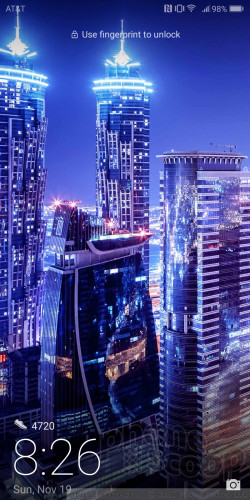
The screen shows the time, date, battery level, and notifications when the screen is "off". I like that this cluster of data moves around on the screen a bit to help avoid burn-in. You can customize what's shown in the ambient display to a small degree, as well as set an on/off schedule for the ambient display. For example, I set it to switch off at midnight and back on again in the morning.
Oddly, the Pro 10 doesn't support tap-to-wake, or raise-to-wake gestures. You can flip the phone over to mute incoming calls, or raise the phone to your ear to answer calls. In order to wake the screen you have to press the screen lock button or tap the fingerprint reader. Once you activate the lock screen, you'll see your notifications in the middle of the screen with the clock and camera shortcut in the bottom left corner.
Huawei has its own lock screen dock that's somewhat useful. You can access some basic tools (voicemail, calculator, flashlight, and camera) by swiping up from the bottom of the screen in a manner similar to Apple's iOS. This can be handy, but I often forgot it was there.
The fingerprint reader is quick and reliable. It always unlocked the Mate 10 Pro on the first attempt. You can also use it to lock individual apps, folders, or files. You can also use the fingerprint reader as a trackpad for navigating through web pages, pulling down notifications, and even swiping through your photo library. The settings for all of this are extensive, but somewhat hidden.
Home Screens
The Mate 10 Pro is one of the first non-Google devices to ship with Android 8 Oreo. The phone runs Huawei's EMUI 8 on top that. EMUI 8 is a relatively heavy-duty set of software and interface skin. It's on par with the Samsung Galaxy Note8 in terms of complexity and raw power. The 10 Pro has an unending list of software-based features, but you really have to dig to find them all.
Home Screen
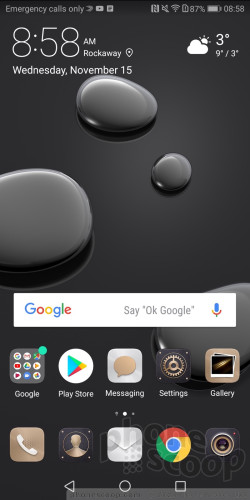
The core home screen experience is what you expect a modern smartphone. EMUI skips the app drawer by default, but you can turn it on if you wish. If you don't, all the phone's apps will be stuck on the home screen panels. They support the typical set of wallpapers, shortcuts, and widgets. I like that EMUI includes a handful of screen transitions to choose from.
The notification shade / Quick Settings drop-down works as expected. When you swipe down, the shade reveals five toggle controls, a brightness slider, and notifications. Since the phone is running Oreo, you have lots of options when it come to interacting with incoming notifications. The Quick Settings tool provides plenty of room for customization.
The full settings menu is kind of ridiculous. Every panel is lengthy and has multiple sub-panels that seemingly extend the settings menus forever. It's best to rely on the search tool.
Then there's the navigation dock, which is sort of a transparent, floating bubble designed to improve one-handed use. The idea is to put the navigation controls in a single, more convenient spot rather than leave them stranded at the bottom of the display. It has a pretty steep learning curve. Touch once to go back a screen. Touch, hold briefly, and then release to go back to the home screen. Hold and slide to the right to see the app switcher. Touch, hold, and drag to move the bubble around. I like the concept, but the execution is really bad. It's just too finicky and annoying to recommend.
There are themes, lots of them. I found the default theme to be terribly ugly. I changed it right away. Though there are a dozen pre-loaded, you can download more or create your own. Have fun!
I still don't like Huawei's default fonts and app icons. These are other settings I found myself changing as rapidly as I could.
The phone offers a one-handed mode that shrinks the interface into one corner of the screen. It's meant to help make the device usable when you only have one free hand, such as when careening between connections in an airport. You can adjust the entire UI to shrink down, or just the keyboard so it's closer to your thumb.
EMUI 8 includes the latest version of Huawei's voice control tool, too, which lets you wake the phone or initiate calls quickly using voice commands. It works, but has a really limited set of actions. (Honestly, Google Assistant does all of these much better.)
Huawei's custom Kirin 970 delivers all the juice the Mate 10 Pro needs. It's paired with a whopping 6 GB of RAM. The Mate 10 Pro absolutely blazes through tasks. It feels every bit as fast as a Qualcomm Snapdragon 835 when it comes to delivering a seamless, smooth performance on this smartphone. I don't think anyone can/will complain about the Mate 10 Pro's speed and raw power.
Huawei says the chip has artificial intelligence built in thanks to the Power Engine, Vision Engine, Experience Engine, Performance Engine, and Power Management Engine. A lot of these "engines" have parallels in competing chips such as the Apple A11 Bionic. Huawei says moving artificial intelligence calculating powers to the processor will eventually lead to real-time computer vision and low-lower augmented reality. These aren't available on the Mate 10 Pro in any meaningful or useful way, at least not at launch.
Camera
The quickest way to open the camera is to double-press the volume down key. This is a tool called "ultra snapshot" that you need to enable in the camera settings before it actually works. You can also set ultra snapshot to take a picture — even when the screen is off — with the double press action. That's neat, if not a bit sneaky. You may also open the camera from the lock screen or the home screen. Anyway you choose, the camera springs to life in an instant.
Camera

The basic layout is typical of most camera apps. On-screen controls let you quickly flip to the selfie camera, open the filter tool, turn on moving pictures, turn on portrait mode, or toggle through the flash controls. The majority of these tools work as you might expect. For example, moving pictures captures a few seconds of video before and after you take a photo, much like the iPhone's Live Photos.
The portrait mode puts both camera sensors to work to take photos with blurred backgrounds (a bokeh effect). This is ideal for taking artistic shots of friends and family. The "aperture" tool is somewhat confusing. It also creates bokeh effects, but requires a more hands-on approach. I find it is best left for stationary objects rather than people.
Portrait

Swipe right from the main viewfinder to access other shooting modes, which include auto, monochrome, video, HDR, pano, night, light painting, time lapse, slow-mo, watermark, and document scan.
The light painting mode is for capturing long exposures of headlights/taillights, flashlights, or other light sources. Audio note records several seconds of sound along with a still image. The document scan mode automatically finds and captures text, such as menus, though it isn't making the documents into editable text (OCR); it merely enhances the image to ensure text is easily legible. I didn't have any trouble using these modes on the Mate 10 Pro.
The "pro" photo and video modes, accessible by swiping the shutter button, allow you to manually adjust exposure, brightness, white balance, ISO, focus type, and shutter speed. This is great for those who know what they're doing. The sliding controls make sense and are easy enough to use. I'm happy that you can set exposures as long as 30 seconds, as this allows for great nighttime shots, including star fields on a clear evening.
It's worth noting that the selfie camera has a significant number of its own shooting modes. The basic selfie cam lets you apply a blurred-background effect, but you can also take selfie panoramas, selfie timelapses, selfie audio notes, selfie moving photos. and selfie watermarks. The tools may mirror those of the main camera, but stuff like the selfie pano lets you do fun things such as include wide vistas in the background.
A quick word about the Kirin 970's "neural processing unit" or NPU. Huawei says its flagship processor is putting artificial intelligence to use in the camera application. Boiled down to the most simple terms, the 970 is relying on image recognition to help control camera settings. For example, the camera is able to recognize a core set of 12 items, including blue sky, snow, action, food, nightscapes, plants, flowers, cats, dogs, text, and so on. The camera will recognize these objects and then adjust the camera software accordingly to get the best possible shot for that type of object. The Kirin 970 and Mate 10 Pro are able to do this because Huawei has scanned millions of objects and taught the chip how to do this. Huawei says the Mate 10 Pro will be able to recognize more and more objects over time as it adds them to its database. Does it deserve the loaded "artificial intelligence" marketing moniker? Well…
What's more important is that the NPU is able to make these calculations without chewing through battery life. It drastically reduces the power needs of the camera application, and that's something everyone can cheer about.
Photos/Video
There's a lot going on with the Mate 10 Pro's set of cameras. The main lens captures full-color images at 12 megapixels with an aperture of f/1.6 (very good), while the secondary lens captures monochrome images at 20 megapixels. The camera can tap into optical image stabilization, and relies on both PDAF and laser hardware for focusing.
Mustang
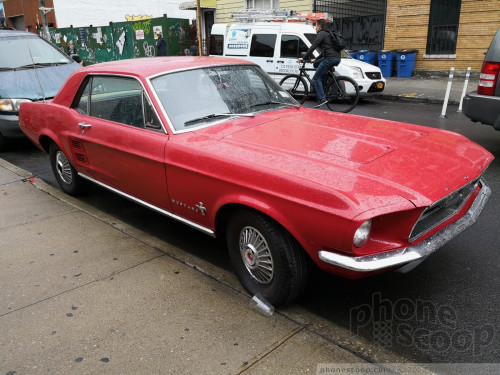
The phone takes very good photos that fall just a bit short of being great. Shots that I took outdoors under sunlight looked simply stunning. (See the iron sculpture below, for example, which has incredibly sharp focus.) The Mate 10 Pro shines when it is able to scoop up as much light as possible. Some of the other daytime shots I took, such as the red Mustang, are fine samples that accurately reflect what I saw in real life. The Mate 10 Pro doesn't do quite as well as I hoped in darker environments. I know concert pictures are challenging, but the Mate 10 Pro introduced a lot of grain in the pictures I took during a recent show. Focus was much less likely to be sharp as well. On the plus side, exposure was nearly always very good whether indoors or out.
Having the option to shoot true monochrome pictures (with the dedicated monochrome sensor) should be a joy for creative photographers. You'll see good focus and nice contrast in your black-and-whites.
When it comes to the portrait mode, the Mate 10 Pro does about as well as most other modern smartphones, which is to say results vary from decent to really bad. For example, in one shot below you can see a weird patch of wall above my shoulder that's totally in focus even though the rest of the background is nicely blurred. It's a jarring imperfection that you can't unsee once you spot it. Moreover, the software ends up creating an odd halo around your head. In other words, close but no cigar. It's a fun took to fool around with, but results are often a mess.
The 8-megapixel selfie camera does a fine job. I think most people will be pleased with what they see, particularly if they put the selfie flash and beautification tools to work. Low light shots will be grainy, but the flash helps push some of that grain away if you remember to turn it on.
Beauty Mode

The 4K video results looked great. Even stuff captured in low-light was sharp and well-exposed. Color looks accurate, but, again, you'll see some grain.
In all, the Mate 10 Pro's camera is a notch or so below what's possible from phones such as the Note8, Pixel 2 XL, and similar flagships. Still, I think most people who buy this phone will be pleased overall and can get away with using for nearly all their photography.
Business-y Stuff
The Mate 10 Pro has a few other tricks up its sleeve. I've already mentioned how you can use your fingerprint to secure files, folders, and apps. Android 8 Oreo offers not only split-screen multitasking, but picture-in-picture support, too.
That's all well and good, but Projection Mode is the real power user tool aboard the Mate 10 Pro. Projection Mode has two use cases: screen mirroring, and PC-like interactions.
Projection
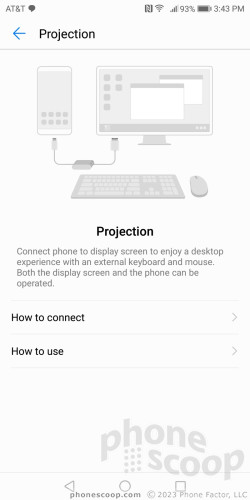
You'll need to find a USB-C-to-HDMI cable and plug the Mate 10 Pro into a monitor or TV. The default behavior is screen mirroring, meaning people see on the screen what you see on your phone. A few other high-end phones have this, but Huawei cooked in one nice extra feature: you can disable notifications while in mirroring mode. This means those people enduring your PowerPoint pitch won't know when the boss emails you, or when your significant other sends a text message. All that remains (thankfully) private.
Dock
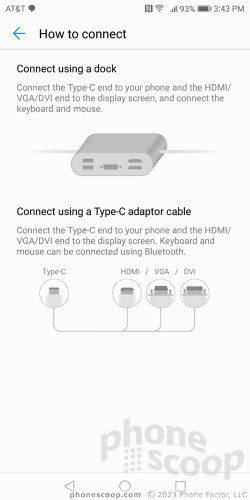
The other mode of operation is to turn the phone into a faux PC. The tool supports both dock and direct connections, meaning you can take advantage of wired mouse and keyboard accessories through a dock, or plug the phone directly into the TV and make use of Bluetooth accessories instead. This mode looks and acts much like a full PC. You have access to all your apps, which run in Android-tablet mode on the screen. You can run multiple apps at a time and multitask like a pro.
Accessories
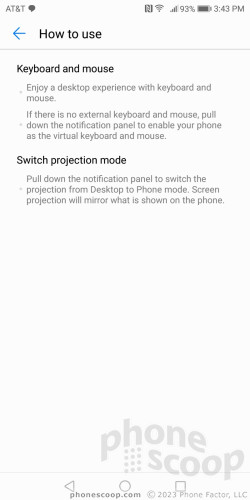
The Galaxy Note8 offers similar features through its DeX accessory.
These were smart features for Huawei to include and ensure that the Mate 10 Pro is an attractive option for mobile professionals.
Wrap-Up
Huawei has a fine phone on its hand in the Mate 10 Pro. It's surely a star in Huawei's lineup, though it could shine just a wee bit brighter were it not for a few small dark spots.

The hardware is excellent. It's not as distinct as the Note8 or Pixel 2 XL, but it's smaller, cleaner, and overall easier to use day in and day out. The display is great, wireless performance was good, voice performance took me by surprise, and battery life is among the best available for a device in this class.
I love that Huawei is shipping the Mate 10 Pro with Android 8 Oreo, but it's so heavily slathered with Huawei's EMUI that you'd hardly know Oreo is there at all. The phone's user interface requires patience and skill to master thanks to numerous settings and controls. However, EMUI 8 is powerful and gives people more options than most other phones. The Note8 is the only device I can think of that rivals the Mate 10 Pro as far as the rich software feature set is concerned.
The camera software is good, though I see little sign of any truly useful artificial intelligence. The phone takes above average pictures, and yet Google and Samsung's phones have simpler cameras that take better pictures.
If you were hoping to save some green by going with Huawei, you'd be mistaken. The Mate 10 Pro costs around $860, which is only a bit less than Samsung's $930 Galaxy Note8. You gotta pay to play with the big phones.
I'd recommend the Mate 10 Pro to anyone seeking an unlocked alternative to Samsung, Google or LG. Moreover, if the Note8 or Pixel 2 XL are just too darned big for you, take solace in knowing the Mate 10 Pro is more manageable for most people.
Comments
No messages


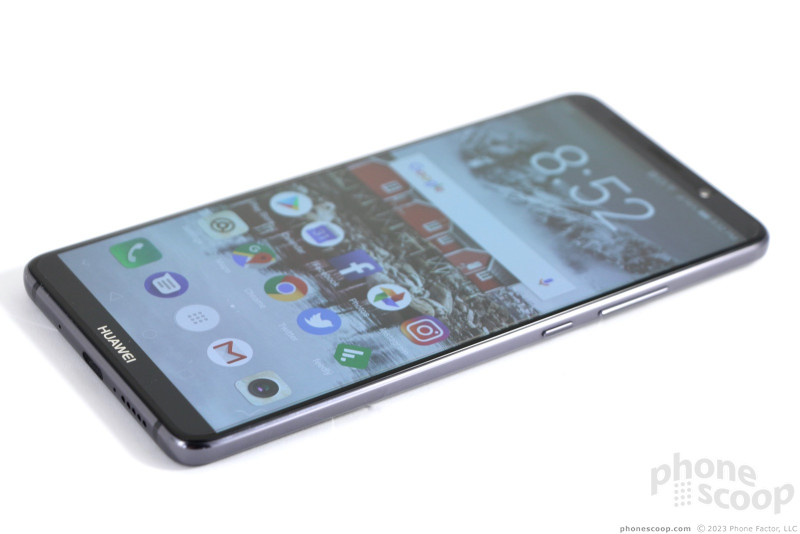




















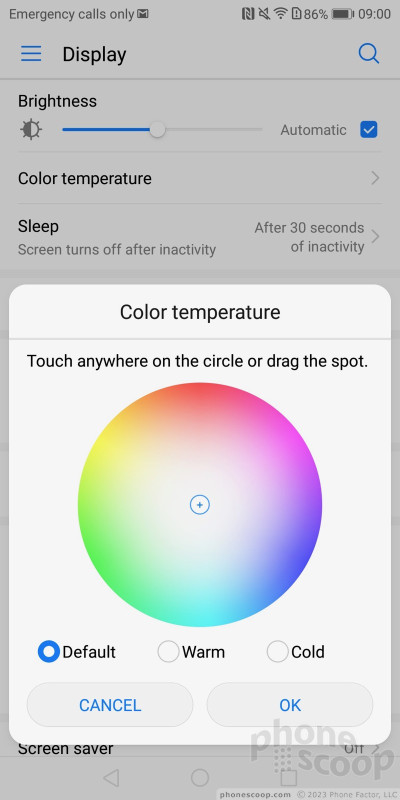





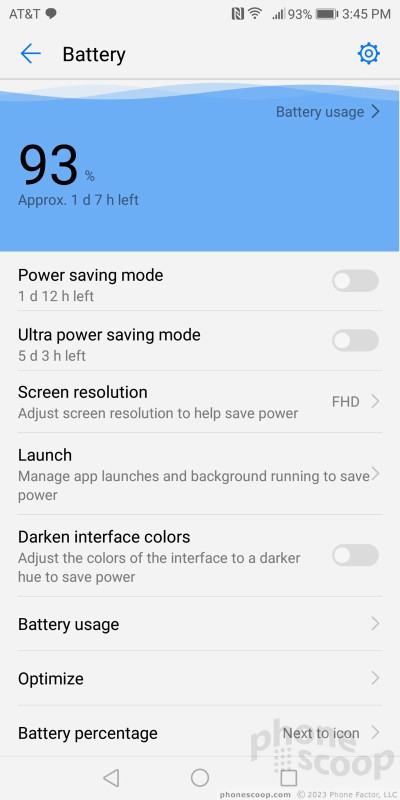





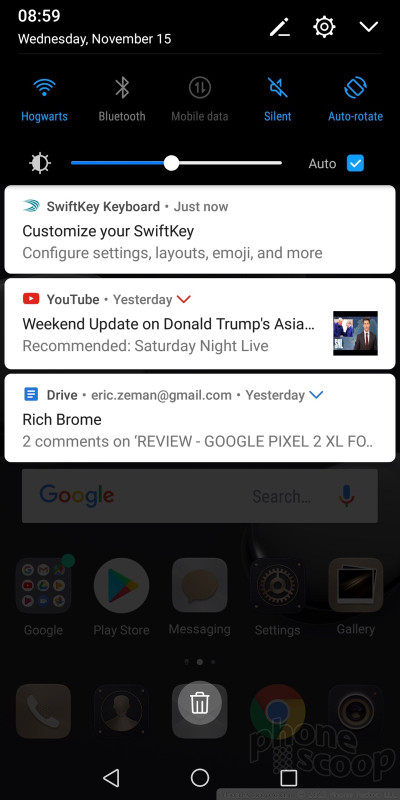





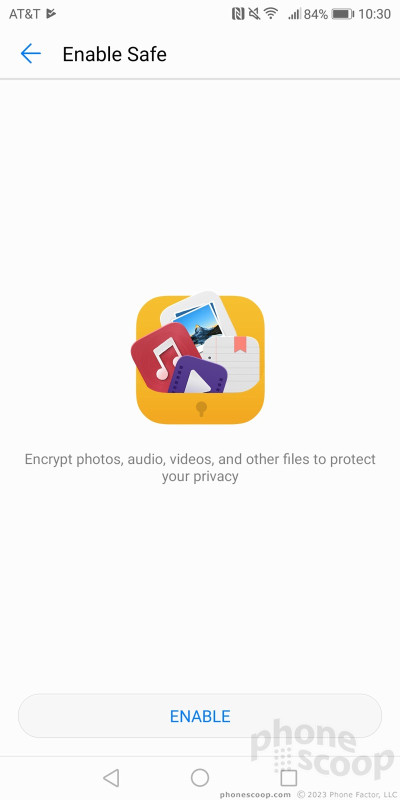
























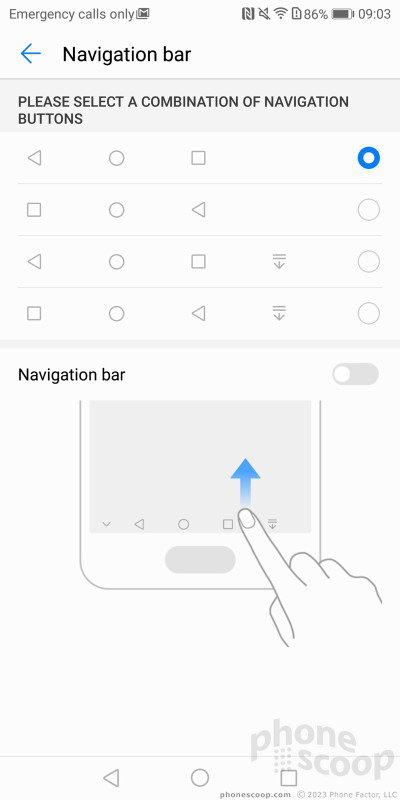







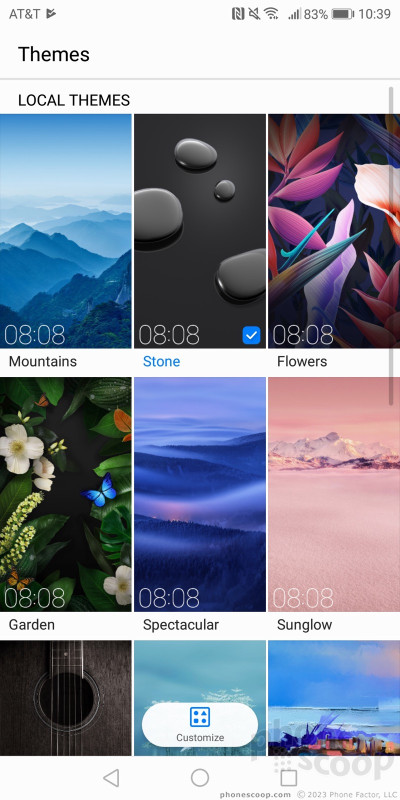



































 Hands On with the Huawei Mate 10 Pro Driving a Porsche
Hands On with the Huawei Mate 10 Pro Driving a Porsche
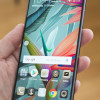 Hands On with the Huawei Mate 10 and Mate 10 Pro
Hands On with the Huawei Mate 10 and Mate 10 Pro
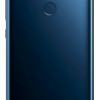 Huawei Kicks Off Preorders for the Mate 10 Pro
Huawei Kicks Off Preorders for the Mate 10 Pro
 Huawei Hopes Wonder Woman Works Wonders for Mate 10 Pro
Huawei Hopes Wonder Woman Works Wonders for Mate 10 Pro
 Huawei Hopes AI-Assisted Camera Will Set Mate 10, Mate 10 Pro Apart
Huawei Hopes AI-Assisted Camera Will Set Mate 10, Mate 10 Pro Apart
 Huawei Mate 10 Pro
Huawei Mate 10 Pro










